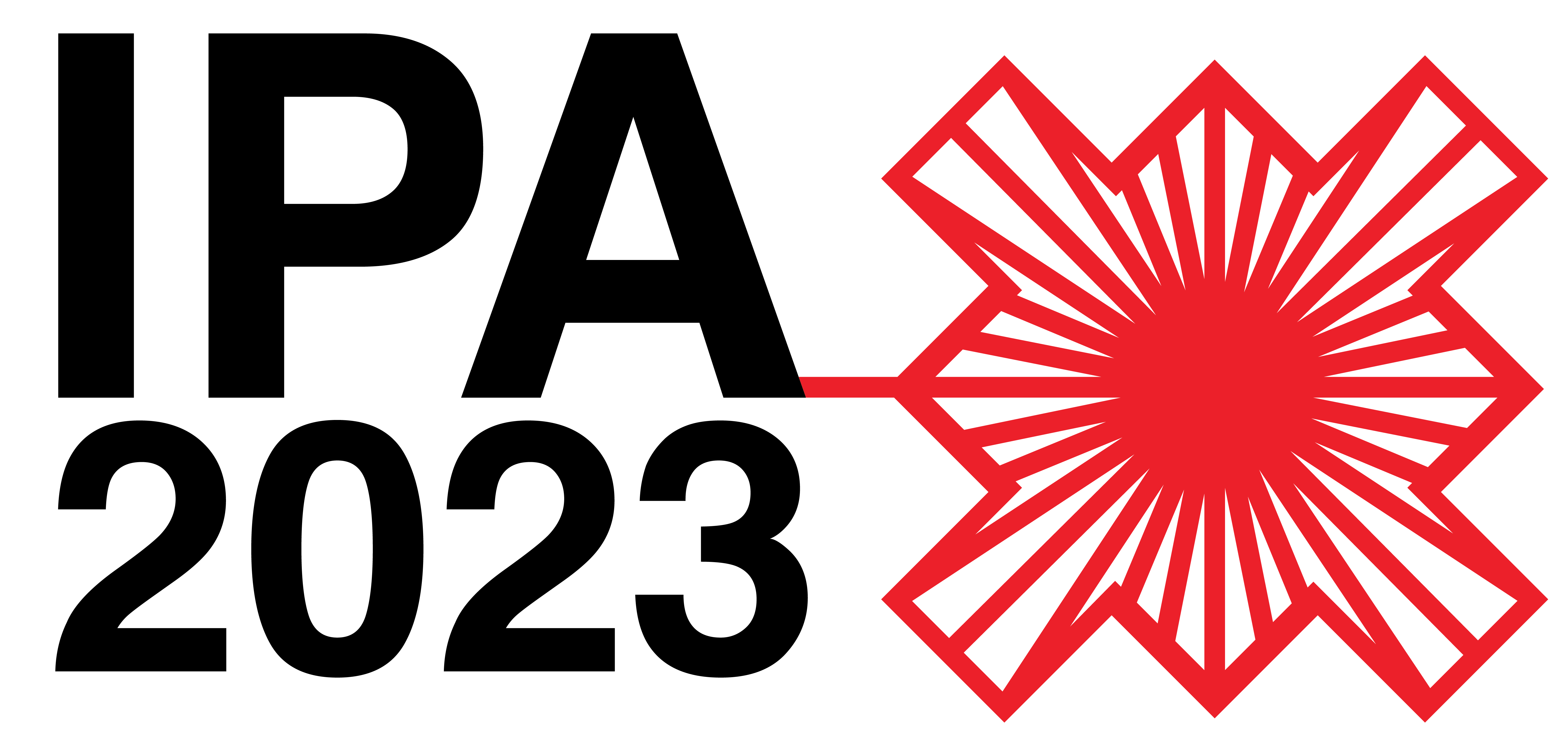Keynote Speakers
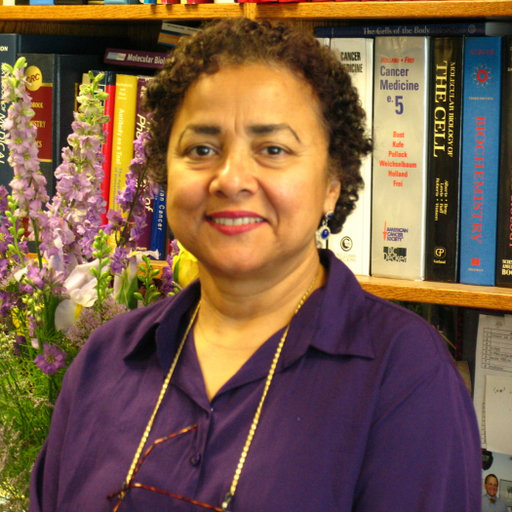
Prof. Tayyaba Hasan, Ph.D.
Harvard Medical School, Massachusettes
PDT: Are we there yet?
ABSTRACT: Despite being approved for the treatment of cancer and non-cancer diseases for almost 3 decades and proven to be a minimally invasive and effective modality (sometimes when all else has failed), PDT has not yet had the impact it deserves. The impact of PDT in changing medical practice has been slow. I hope to make this an analysis presentation of the promise and disappointment of the technology with participation from the experts in the audience.
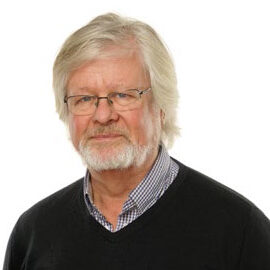
Prof. Kristian Berg, Ph.D.
Oslo University Hospital, Norway
Photochemical internalization (PCI) – a photodynamic drug delivery technology for treatment of solid tumors
ABSTRACT: Photochemical internalisation (PCI) is a novel technology for release of endocytosed macromolecules into the cytosol. The technology is based on the use of photosensitizers located in endocytic vesicles that upon activation by light induce rupture of the endocytic vesicles and thereby release of the macromolecules into the cytosol. PCI has been shown to enhance the biological activity of a large variety of macromolecules and other molecules that do not readily penetrate the plasma membrane, including type I ribosome-inactivating proteins (RIPs), gene-encoding plasmids, adenovirus, oligonucleotides and some chemotherapeutic agent, such as bleomycin. Novel recombinant protein toxins have been developed for activation by PCI. The PCI treatment has been found to induce vascular shutdown and strong inflammatory effects that may be utilized to stimulate anti-tumor immunity and cancer vaccination. An update on the development of the PCI technology towards preclinical evaluation and clinical implementation will be presented.
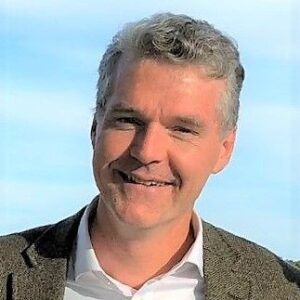
Prof. Brian W. Pogue, Ph.D.
Department of Medical Physics, Wisconsin Institutes for Medical Research, University of Wisconsin
Intersections of Medical Physics with Photodynamic Physics for Advanced Diagnostics & Therapy
ABSTRACT: Photodynamic therapy has been implemented in the clinic with attempts that parallel radiotherapy and image guidance. The field of clinical medical physics intersects with the needs of photodynamic therapy, in the areas of diagnostic imaging, dosimetry approach, and response monitoring. Similarly, in parallel the fields of photodynamic therapy and diagnosis can be a benefit to mainstream clinical therapeutics through optical image guidance by fluorescence or oxygen imaging tools. These points of intersection will be reviewed and key emerging areas outlined for future research and commercial development.
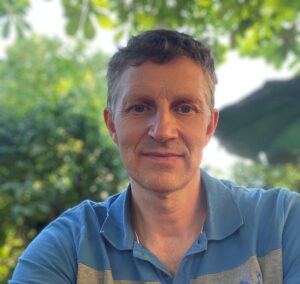
Prof. Tim Maisch, Ph.D.
Department of Dermatology University Hospital Regensburg
Photoantimicrobial therapy – what we know and what we do not know
ABSTRACT: During the last 10 years, WHO, the US Centers for Disease Control and Prevention, the European Commission, G7 Summit, and national governments among industrialized countries have finally acknowledged the seriousness of antimicrobial drug resistance. Therefore, there is an urgent need for alternative treatment methods against resistant pathogens. This talk will aim to provide an overview about the history of photoantimicrobial therapy, its fundamental photochemical and photophysical mechanisms as well as new photoantimicrobials and light sources that are currently applied for photoantimicrobial therapy against pathogens in vitro and in vivo.
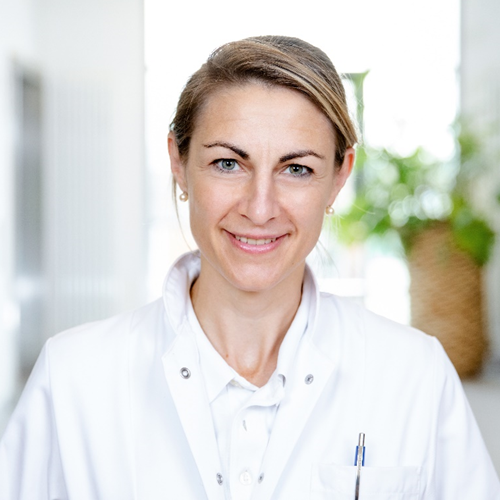
Dr. Juliane Schroeteler, M.D.
University of Münster, Germany
Brain Tumor Therapy with 5 ALA- a future perspective
ABSTRACT: Brain tumor, especially high grade glioma treatment, is a challenging field where new approaches are needed. Since the EMA approval of 5 ALA ( 5- Deltaaminolevulinic acid) in 2007 and FDA approval in 2017, it is a standard tool of brain tumor surgery with a strategic value and very high positive predictive value (98%). Therefore the idea arises to use 5 ALA no longer only as diagnostic but therapeutic tool. One slightly used but highly interesting aspect of brain tumors is the tumor micro environment. Glioblastoma needs a supportive environment to develop and grow. Protoporphyrin IX enhances tumor associated supporter cells as well as tumor cells. So it is feasible to not only treat the tumor cells but the surrounding tumor nursing cells. Starting from this approach multiple therapeutic options arise. The photo sensitizer 5 ALA is used in combination with laser light as photodynamic therapy with impressive results. To prove the effectiveness and tolerability of I PDT two trials are recruiting at the moment. As well as applying it as a sensitizer agent with Radiotherapy and even ultrasound. Tumor cells and the tumor micro environment can be targeted by strategies activating Protoporphrin IX (light, radiation and ultrasound), wich opens a window in brain tumor therapy.
Confirmed invited speakers
Prof. Vanderlei S. Bagnato, Brazil
Prof. Myung-Gyu Choi, Seoul St. Mary's Hospital, South Korea
Prof. Asad U. Khan, Aligarh Muslim University, India
Dr. Mladen Korbelik, BC Cancer Agency, Canada
Dr. Ed Maytin, Cleveland Clinics, USA
Prof. Mariette Pereira, University of Coimbra, Portugal
Prof. Mathias Senge, Trinity College Dublin, Ireland
Dr. Gal Shafirstein, Roswell Park, Cancer Centre, Buffalo, USA
Dr. Kenneth Wang, Mayo Clinic, USA
Prof. Xiuli Wang, Shanghai Skin Disease Hospital, China
Prof. Brian Wilson, University of Toronto, Canada
